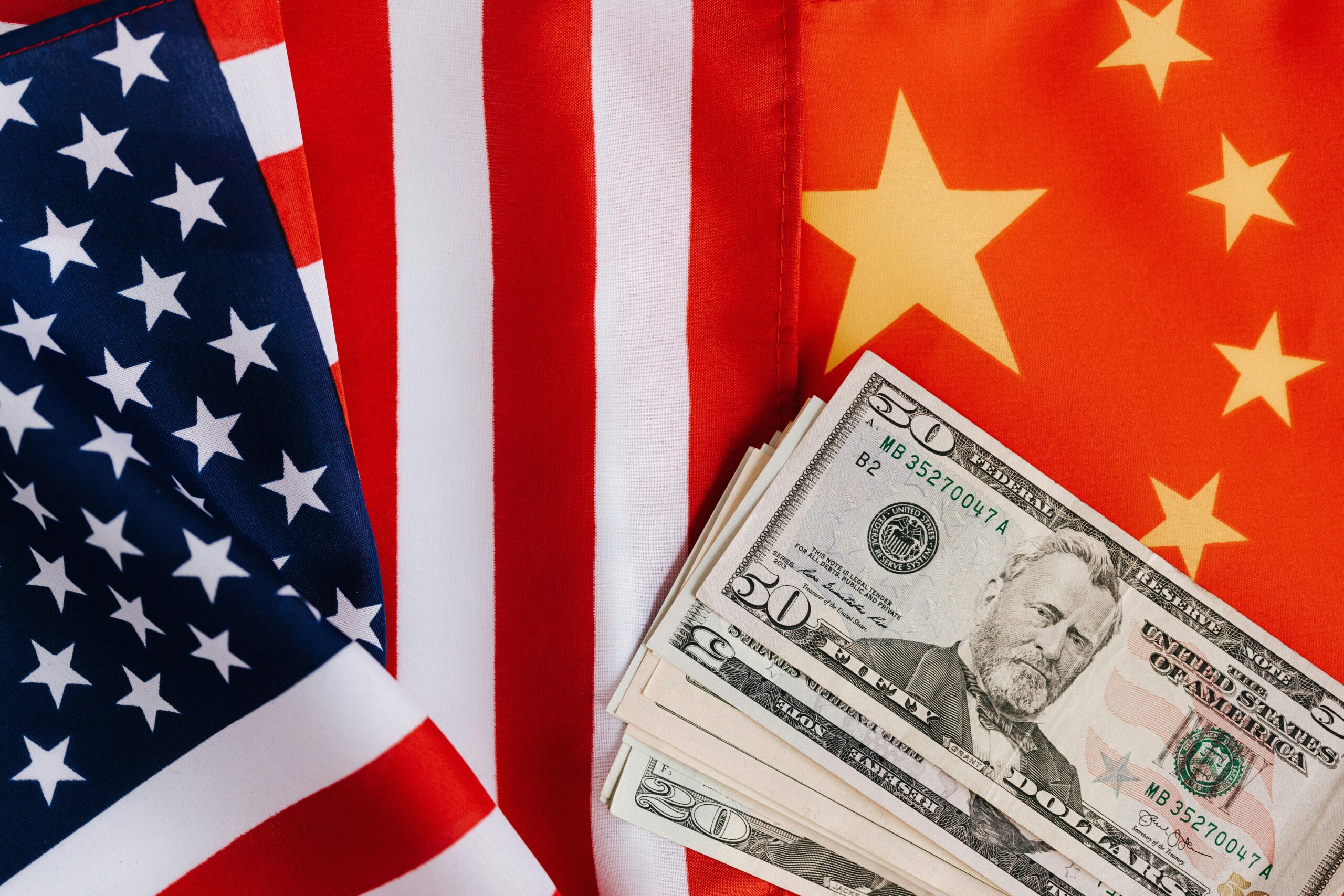 Wall Street is pumping the brakes on China...
Wall Street is pumping the brakes on China...
For the first time in nearly a decade, American investors are pulling their money out of the nation's markets. They sold out of $31 billion in Chinese investments through the first three quarters of 2023.
By comparison, after President Donald Trump initiated a trade war with China in 2018... American investors still bought $17 billion in Chinese stocks and bonds. And during the COVID-19 pandemic in 2020, they bought $36 billion worth of Chinese investments.
While it has taken a lot to get to this point, it appears the U.S.'s romance with Chinese investments is finally waning... and for good reason. The risks China is facing – from economic deceleration and debt concerns to political headwinds – are starting to outweigh the rewards.
In fact, China's financial landscape is hitting lows we haven't seen in years. And the outlook isn't promising...
Today, we'll discuss why investors should stay far away from the Chinese market... and why the U.S. remains a stronghold for investors.
 The U.S. might be feeling the heat today... but it's standing on much firmer ground compared with China.
The U.S. might be feeling the heat today... but it's standing on much firmer ground compared with China.
Let's take a step back to 2018 – a pivotal year when China was still in the spotlight as an economic powerhouse, and the U.S. was wrapping up its last major cycle of interest-rate hikes.
That year, President Trump enacted a 25% tariff on $34 billion of Chinese goods. It was also the last Federal Reserve rate-hike cycle before the one we're currently in.
We can use Uniform Accounting to measure companies' risk during this period... by restating credit metrics, similar to how we restate a company's financials.
We've built our own metric to identify the fair value of a company's credit risk... which we call an "intrinsic credit default swap" (or "iCDS"). Basically, it's an advanced version of the traditional CDS calculation.
The iCDS helps us understand a company's actual risk factors to determine its real borrowing cost... which is crucial for investors to decide whether it's worth investing in. If a company has an iCDS above 500 basis points ("bps"), it indicates a significant amount of credit risk.
Back in 2018, China seemed to be the safer option for investment... Out of about 1,600 Chinese public companies, only 68 (or 4.3%) had an iCDS over 500 bps. And of that group, 27 (or 1.7%) were large companies with market caps exceeding $500 million.
The U.S., on the other hand, was a good deal riskier. Nearly 16% of all U.S. public companies had an iCDS above 500 bps. And 3% were large companies, nearly twice as much as in China.
 Fast-forward to today, and China's financial landscape is drastically different...
Fast-forward to today, and China's financial landscape is drastically different...
China's breakneck growth couldn't last forever. Its population has now dropped for a second consecutive year... and ripple effects from the real estate market could leave a lot of companies stuck with debt they can't afford.
The number of large companies in China with an iCDS above 500 bps has skyrocketed to about 6.4%. That means the risk in the Chinese market has nearly quadrupled since 2018... a clear sign that the nation's economy is in trouble.
The situation in the U.S. has also worsened – though not as drastically as in China. Today, nearly 4% of U.S. public companies with market caps above $500 million have iCDS scores above 500 bps.
That's why we remain cautious of the U.S. stock market in the near term. However, China looks far more dire.
The significant jump in credit risk across Chinese companies is a big red flag... It tells us this isn't a great time for investment in China's markets.
Wishing you love, joy, and peace,
Joel
January 19, 2024



 Wall Street is pumping the brakes on China...
Wall Street is pumping the brakes on China...

